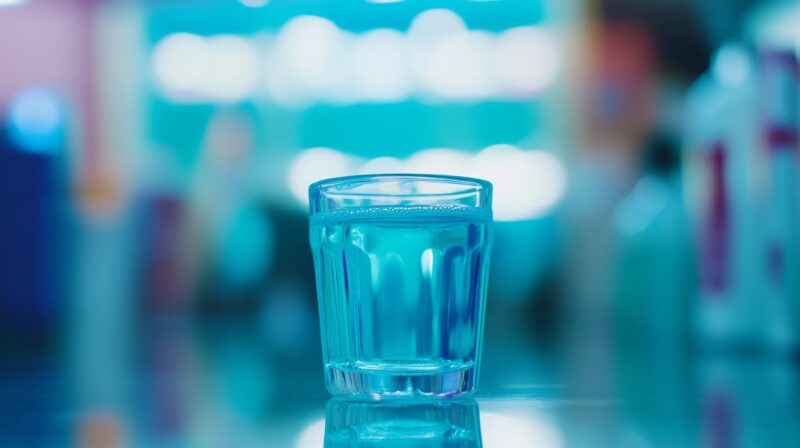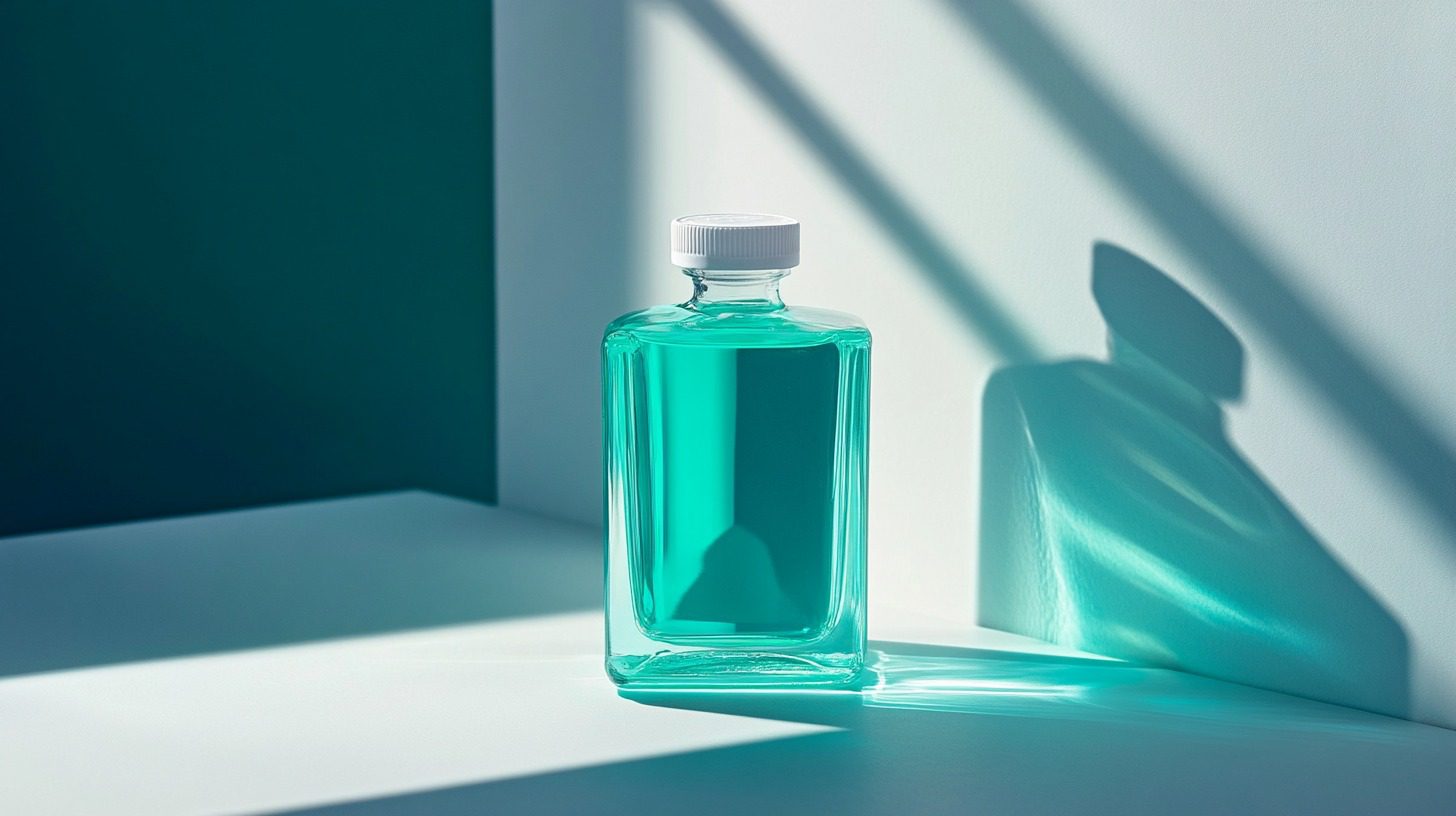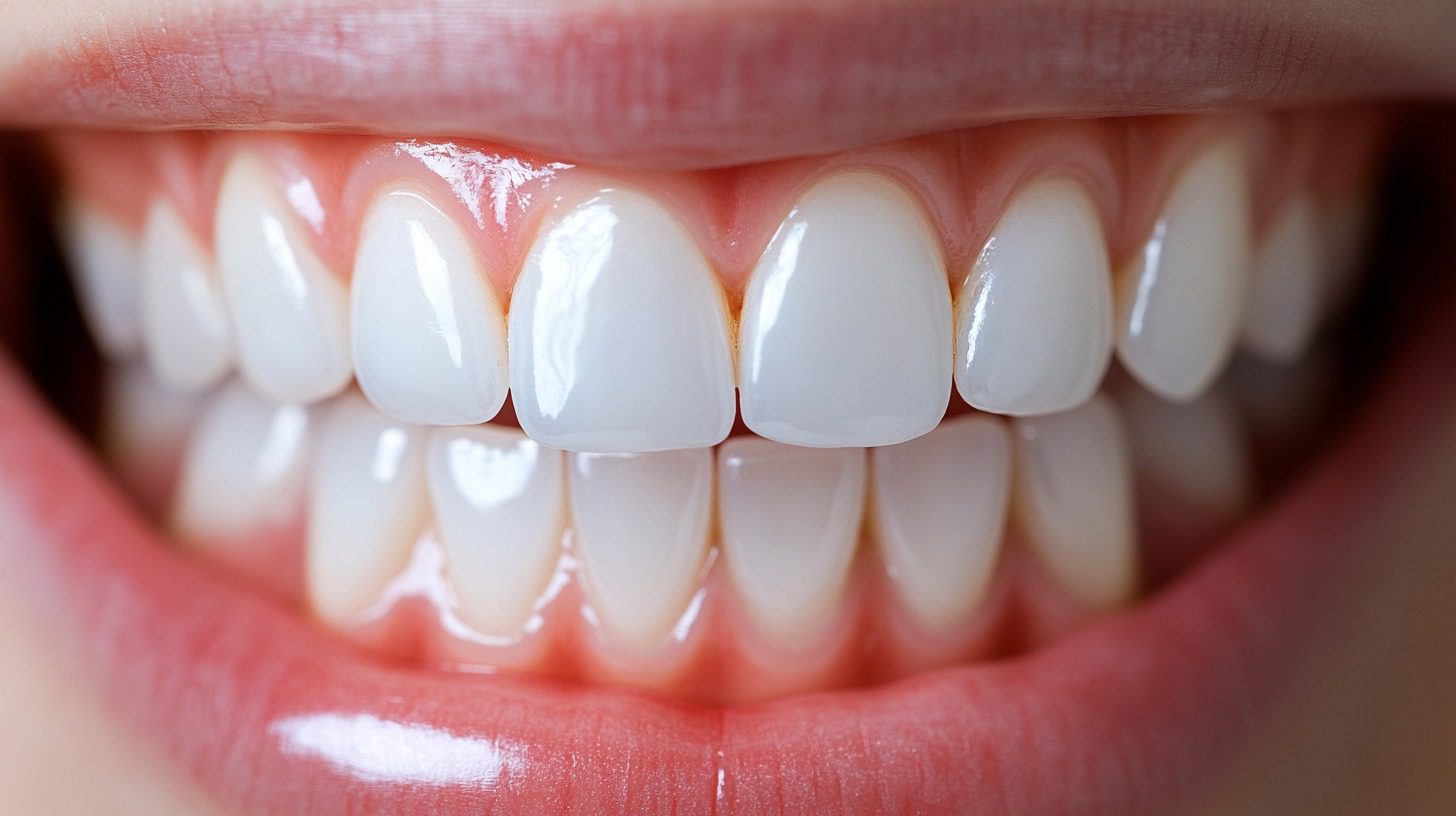
Share Post:
Mouthwash has become a common part of oral hygiene routines, often touted as a quick solution for fresher breath and a cleaner mouth.
Advertisements emphasize its convenience and effectiveness, shaping widespread perceptions.
However, it is essential to look at aspects of mouthwash that are not commonly highlighted.
Table of Contents
ToggleDisruption of Oral Microbiome
The oral microbiome is an intricate network of microorganisms that plays a critical role in maintaining oral and overall health.
- Beneficial bacteria act as a natural defense, suppressing the growth of harmful microbes that can cause infections or diseases.
- These microorganisms aid in breaking down food and initiating digestive processes.
- By maintaining balance, the microbiome helps prevent excessive inflammation that can lead to oral and systemic health issues.
However, frequent use of mouthwash, especially those containing strong antiseptic agents, can disrupt this delicate balance.
By indiscriminately killing bacteria, these products may do more harm than good.

Negative Effects of Disruption
The beneficial microbes that promote nitric oxide production—a compound crucial for vascular health—are often eradicated. This can affect blood pressure regulation and cardiovascular health.
When protective bacteria are diminished, harmful bacteria can flourish unchecked, increasing the risk of conditions like bad breath, cavities, and gum disease.
The mouth’s ability to naturally fight off infections is compromised, making it more susceptible to issues over time.
Practical Considerations
Overuse or inappropriate use of mouthwash magnifies these consequences.
While it may offer temporary freshness, the long-term effects of disrupting the oral microbiome can outweigh any perceived benefits.
- Opt for milder, alcohol-free rinses that preserve beneficial bacteria.
- Focus on brushing and flossing as primary hygiene methods, using mouthwash as an occasional supplement.
Potential Health Risks
Mouthwash use, while commonly seen as beneficial, has been associated with health risks that deserve careful consideration.
These potential risks are outlined by professionals from TannlegeTeam, and they are:
Increased Risk of Certain Cancers
One significant concern is the potential link between alcohol-based mouthwashes and an increased incidence of oral cancers. Prolonged exposure to alcohol in these products can irritate oral tissues, creating an environment that may promote the development of cancer cells.
Frequent use amplifies this risk, especially for individuals who already consume alcohol or tobacco products. The cumulative effect of tissue exposure underscores the importance of reevaluating the use of such products.
Blood Pressure Concerns
Mouthwash can interfere with nitric oxide production in the body. Nitric oxide plays a crucial role in relaxing blood vessels and maintaining healthy blood pressure levels. Antiseptic mouthwashes, by targeting bacteria responsible for nitrate conversion, may disrupt this essential biological process.
Studies have noted that regular use of such products correlates with elevated blood pressure levels, posing potential cardiovascular risks for frequent users.
Oral Health Issues

Mouthwash, despite its widespread use, can cause several oral health challenges that are often overlooked. While it is marketed as a solution for bad breath and oral hygiene, its effects on the mouth can sometimes do more harm than good, especially when used excessively or improperly.
One significant concern is the drying effect caused by alcohol-containing mouthwashes. Alcohol, a common ingredient, strips away natural moisture, leading to dry mouth. This dryness creates an environment where harmful bacteria can thrive, exacerbating the very issues mouthwash aims to address, such as bad breath.
Over time, frequent dryness can also irritate sensitive oral tissues, causing discomfort or inflammation.
Another drawback involves staining of teeth. Certain mouthwashes, particularly those containing chlorhexidine, have been linked to discoloration. Prolonged use can cause yellow or brown staining, affecting the appearance of teeth.
- Dry mouth and irritation: Alcohol-based products often worsen oral health by reducing natural saliva production.
- Tooth staining: Ingredients like chlorhexidine can cause noticeable discoloration over time.
- Tissue sensitivity: Regular use may irritate gums and inner cheek surfaces, especially for those with preexisting sensitivities.
Ineffectiveness Against Oral Diseases
Mouthwash is often marketed as a solution for bad breath, but its effects are temporary. It masks odors without addressing underlying causes like poor dental hygiene, gum disease, or dry mouth. Consequently, reliance on mouthwash as a standalone fix often fails to tackle the root problems.
Its efficacy in preventing cavities and gum disease is also limited without proper brushing and flossing. Studies point out that mouthwash works best as a supplementary tool rather than a primary defense against oral health issues. It is not a substitute for mechanical cleaning methods that remove plaque and debris effectively.
For better results, oral hygiene practices should prioritize thorough brushing, flossing, and regular dental visits, with mouthwash playing a supportive role only when needed.
Safer Alternatives and Recommendations

For those who want to move away from conventional mouthwashes, there are numerous natural alternatives that can support oral health without the potential downsides of alcohol-based or chemical-heavy products.
These options are often gentler, more sustainable, and better aligned with preserving the oral microbiome’s balance.
- Oil Pulling: This ancient practice involves swishing coconut or sesame oil in the mouth for several minutes.
- Herbal Rinses: Ingredients like tea tree oil, clove, or peppermint extract can provide effective cleaning while soothing the gums.
- Saltwater Rinses: A simple mixture of salt and warm water can help combat bacteria and reduce inflammation, especially after dental procedures or in cases of gum irritation.
Practical hygiene practices:
- Regular Brushing and Flossing: These remain the foundation of effective oral hygiene.
- Proper Technique: Gentle, circular motions with a soft-bristled toothbrush ensure thorough cleaning without damaging enamel or irritating the gums.
- Dental Visits: Professional cleanings and check-ups help identify potential issues early, allowing for prompt treatment and better oral health management.
Combining these alternatives with disciplined oral care habits creates a robust strategy for maintaining a clean, healthy mouth. Avoiding conventional mouthwash doesn’t mean compromising hygiene but rather choosing options that align with long-term well-being.
The Bottom Line
Mouthwash may seem like a convenient oral care tool, but its potential disadvantages warrant careful consideration.
From disrupting the oral microbiome to posing health risks, the drawbacks are significant.
Making informed choices and consulting dental professionals can lead to better outcomes for oral health, aligning hygiene practices with long-term well-being.
Tip: If you’re dealing with specific health concerns, like choosing the right doctor for sciatica treatment, it’s important to seek expert guidance; learn more about finding the right specialist here.






